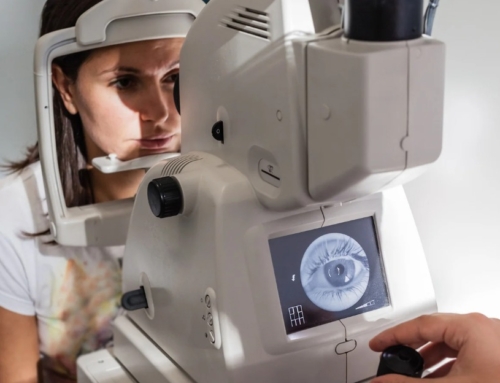
Glaucoma, a group of eye conditions that damage the optic nerve, is a leading cause of blindness worldwide. However, advancements in medical technology and research have led to exciting new treatment options that offer hope and improved outcomes for patients with glaucoma. Let’s examine some of the latest innovations in glaucoma treatment.
Minimally Invasive Glaucoma Surgery (MIGS):
MIGS procedures have revolutionized glaucoma treatment by offering less invasive alternatives to traditional surgeries. These procedures aim to reduce intraocular pressure (IOP) by improving aqueous humor outflow. Some MIGS options include:
iStent: A tiny implant that creates a new pathway for fluid drainage, often performed during cataract surgery.
Hydrus Microstent: A small, flexible stent that opens up the natural drainage system of the eye.
Xen Gel Stent: A gel-like implant that helps drain fluid from the eye, reducing IOP.
Laser Therapies:
Laser treatments continue to play a crucial role in managing glaucoma. Advanced laser technologies offer precise and effective options for lowering IOP and preserving vision. Some notable laser therapies include:
Selective Laser Trabeculoplasty (SLT): Targets specific cells in the eye’s drainage system to improve fluid outflow.
Micropulse Laser Trabeculoplasty (MLT): A gentler laser treatment that reduces IOP without causing tissue damage.
Endoscopic Cyclophotocoagulation (ECP): Uses laser energy to reduce fluid production in the eye, lowering IOP.
Sustained Release Implants: These innovative implants deliver medication directly to the eye over an extended period, reducing the need for frequent eye drops. Examples include:
Dexamethasone Intravitreal Implant: Releases steroids to reduce inflammation associated with glaucoma.
Bimatoprost Implant: Provides continuous release of medication to lower IOP.
Novel Medications:
Pharmaceutical advancements have led to the development of new glaucoma medications with improved efficacy and tolerability. These medications may target different pathways involved in regulating IOP, providing additional options for patients.
Gene Therapy:
While still in the experimental stages, gene therapy holds promise for treating glaucoma by targeting the genetic factors that contribute to the condition. This approach aims to preserve optic nerve function and slow disease progression.
It’s important to note that the best treatment approach for glaucoma varies depending on the individual’s specific condition and needs. Consulting with Dr. Valeria Rubinstein, an experienced ophthalmologist and glaucoma specialist, is crucial for determining the most suitable treatment plan.
As research and technology advance, the outlook for glaucoma patients continues to improve. These latest treatment options offer hope for better management of glaucoma and preservation of vision, highlighting the ongoing commitment of New York Medical and Surgical Eye Care to combating this sight-threatening condition.






